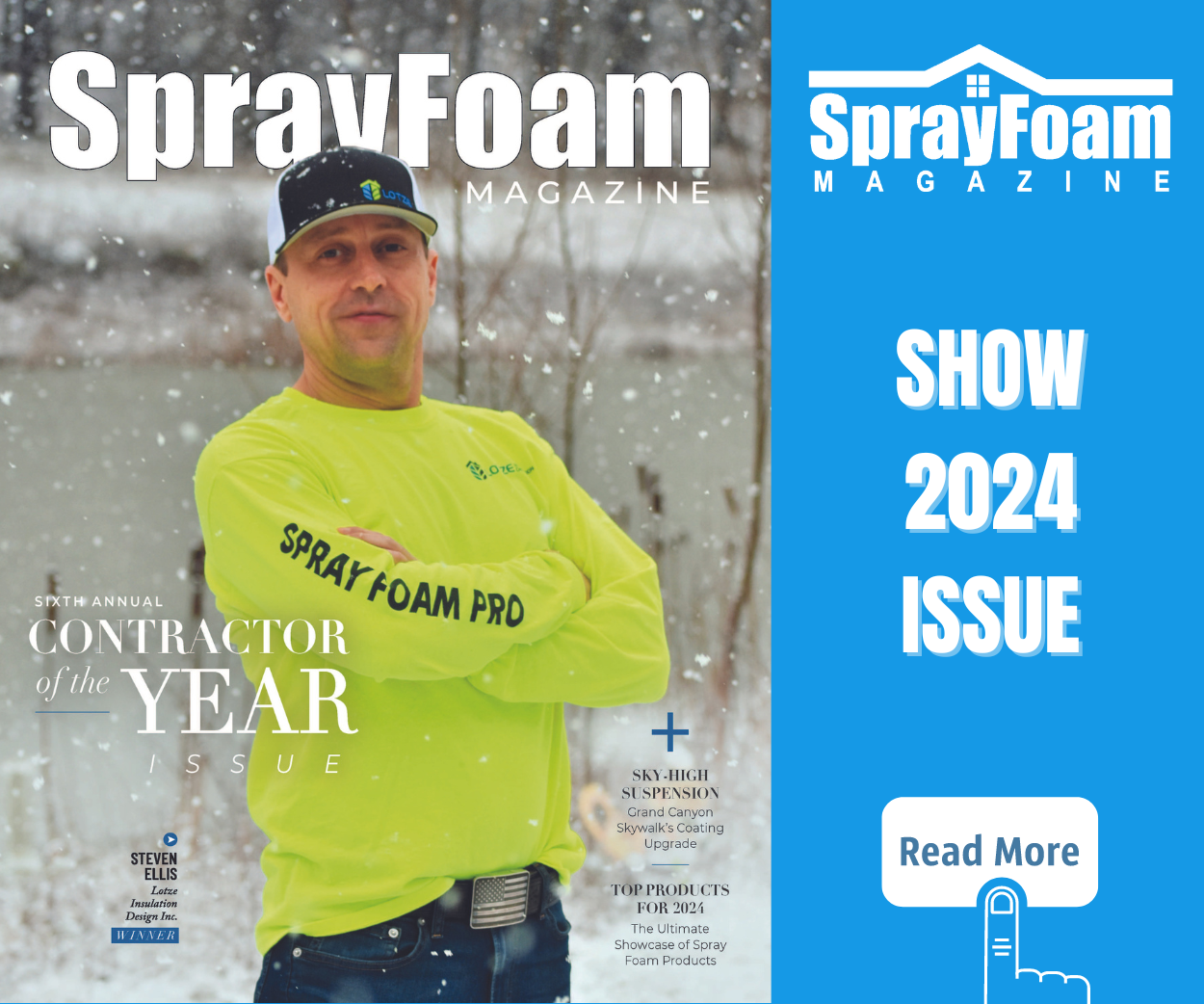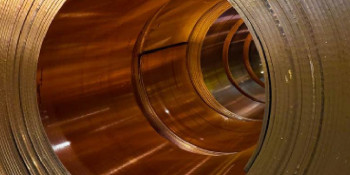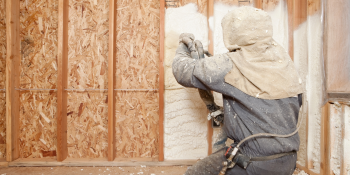Q&A Forums
Questions about open cell foam Post New Topic | Post Reply
| Author | Comments |
|---|---|
|
kathy desret
Posted: Sep 08, 2010 07:29 PM
|
Questions about open cell foam
I had my basement sprayed about 3 weeks ago and have few questions about it. I really hope someone can help me with this.I had all the tim joists sprayed and 1 length of wall about 60 feet long. It is a walk out basement. 1. Along the wall, there are 15-20 places where if I push on the foam, I can feel hollow areas. Is this normal for this application and do I just need to call the installers back for them to fix it? Do all these hollow areas mean that they have installed the foam incorrectly? 2. I have both hot and cold water pipes AND heating pipes for my boiler in many of the rim joists. The installer foamed over these. Some of these pipes were very close to the outside wall (within a couple inches). The installer said this was fine and reassured me. However, my plumber said not to cover these up and to keep the insulation behind it and not to encase them. I had another bid for the same job and I believe the guy was going to keep the insulation behind it. I don't know if I should start ripping it out in key areas or not. PLEASE help with this issue as winter is upon us in Northern Minnesota. My biggest concern is that this insulation will allow the pipes to freeze. I have heard issues about boiler pipes getting to hot, but I will have to look into how high a temp my boiler gets to. 3. Some of the foam is coming off the joists. It is not bad, maybe 1-3 percent. It has come off maybe a millimeter of so. Again, is this normal? Thanks for all the help and advise. |
|
mason
Posted: Sep 09, 2010 08:24 AM
|
I have seen voids in 1/2 lb foam due to a poor spray technique. You should not have voids or gaps in the insulation. So, if you discover a significant number of them, call the contractor back and have him remove the foam and respray. Next, you can encase water pipes that carry cold water, but hot pipes are another story. The foam can be affected by temperatures that exceed 200 degrees F. First the foam next to the hot surface forms a high density skin (affecting adhesion). Next, over time the foam becomes a darker color and eventually starts to char. The cell structure and R value would be negatively affected. The foam could produce an odor if it chars. So, it is best to wrap the hot pipe with another heat resistant insulation such as mineral wool before installing the foam. But after that, you can encase the pipes. The plumber may wish to keep the pipes clear so that it is easier to locate leaks later on and to work on the pipes. With a 2 lb foam, that might be true, but with 1/2 lb foam, if the pipe leaks the foam will be wet, so it should be easy to find the leak. Plus 1/2 lb foam is easy to remove compared to 2 lb foam. |
|
kathy desret
Posted: Sep 09, 2010 09:41 AM
|
Thank you for the reply. I guess I need to take some time digging out some pipes. I just talked to my plumber and he said the reason for keeping the pipes exposed is so that the indoor air can reach the pipes, otherwise the outside air will. At any rate, I will dig them out...and there is a lot. Better to be safe than sorry. I just went down to the basement and counted how many obvious voids I could feel and it was 40. Some of these voids were quite large, like 12 x 24" long. I stuck my finger in a few areas *where I could not tell* and my finger went through about 2.5 inches until it came to a void. I think this guy must have botched practically the whole job. There must be quite a bit more than 40 voids on this 60 foot wall. Also, I noticed the foam is not uniform. Some of it is harder and more dense whereas some is more dense. I am not sure this is normal or not, or part of the problem? The other question is, what will happen if the foam is left as is with the air pockets? I hope to get the building inspector here today so he can be on my side Thanks again |
|
mason
Posted: Sep 09, 2010 01:13 PM
|
Voids in the foam can greatly reduce your R value of the foam, create cold spots that can condense water vapor and allow unwanted air infiltration reducing energy efficiency. I don't know what the plumber is talking about. If the foam encases the pipe, outside and inside air is not getting to the pipe. Less chance of condensation if the pipes are encased. |
|
jeff henderson
Posted: Sep 09, 2010 03:40 PM
|
Hi there, My experience with northern Manitoba water-lines is that a water line buried in insulation is a frozen water-line just waiting to happen. Not sure why plumbers love to run water lines on exteriour walls in cold climates, but they do. We diligently make sure that the interiour face of a water line or sewer line is exposed to warm air on the interiour side, even if that means that the foam is a little thin in that spot. When I sprayed my own office building three years ago, we missed scraping the overspray foam from a water line leading to the upstairs apartment. Approximately 6 inches of foam covered the line...gues where it froze the first cold day? Guess who had to go into the basement and start ripping out rim joist foam to get at the problem? Sigh. |
|
mason
Posted: Sep 10, 2010 08:11 AM
|
GotFoam brings up an important point. That is to make sure there is sufficient space behind the pipe to provide adequate insulation. As a homeowner who has had pipes in exterior walls bust during an ice storm, I can tell you it is no fun. We were out of town when it happened and when we got back, we had to replace drywall, carpeting and even clothes that were in a hamper. So, a rule of thumb is to place more insulation behind the pipe than in front of the pipe. So long as you have a good 3 inches of more of sprayfoam behind the pipe you should be ok. If you have less than that, you should pay attention during cold snaps and follow some common sense advice to reduce the potential for busted pipes during winter. I have found a few websites that address this issue. http://www.ehow.com/how_2169587_prevent-pipes-freezing.html http://seasonal-home-maintenance.suite101.com/article.cfm/how_to_prevent_water_pipes_from_freezing Also some pipes are more likely to bust than others. We found out that the pipes we had were more brittle at cold temperatures than other types of water pipes. By the way, our fix was to install sprayfoam around the pipe. No problems after we did that. But, our temperatures were not as severe as you would find in Northern Minnesota. |
|
John Shockney
Posted: Sep 12, 2010 01:50 PM
|
In some places that I have sprayed foam the inspector has required a double wall be installed where pipes were installed in outside walls so there would be enough insulation between the pipes and the outside. I wish more builders would do this as well as HVAC contractors that install ductwork in outside walls or attics with only R-4 fiberglass to keep the heat in. Thanks Airpro |





























